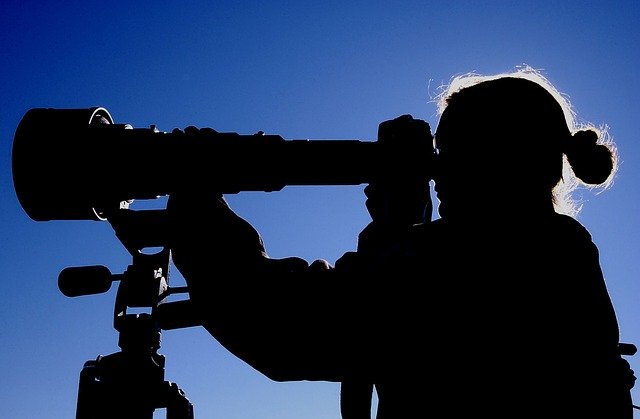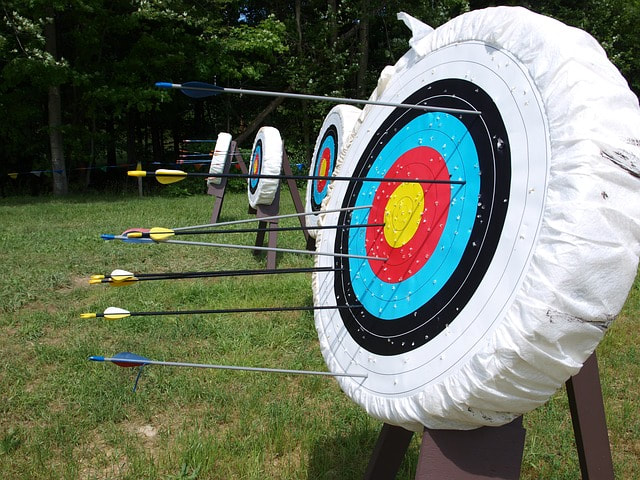Entrepreneurs and salespeople love opportunities. (Us included). We love hitting targets, self-imposed or otherwise. We’re always looking around, discovering new ways to do things, meeting people, and creating solutions.
What’s wrong with that? It’s that it can make us unfocused. If you want to hit a target, you need to take aim. But where, when there are so many choices? Also, what if you’ve got a whole gallery of people giving you advice or direction? The customer wants one thing. Your boss wants another. Your colleagues have (in their mind, at least) a better idea. Your quota says you want something different. So if you’ve got a whole line of targets in front of you, how do you focus? Shouldn’t you seize every opportunity? When it comes to choosing which product to work on, or which new customer, focus is where the magic happens. Otherwise, when you let loose that arrow (your effort), there’s a chance it won’t hit any of the targets, and will just sail on by. Or that your effort won’t be sufficiently powerful to even get you to the targets in the first place.
Here are five time-tested methods for improving your focus, whether it’s on a finishing one of your projects, getting a new customer, or choosing which idea to develop. Start by making a list of all the things you could focus on to achieve your goal. Then do any one of these (all five are useful, but if you’ve read this far and you want to improve your focus, you might as well start practicing).
- Play “optometrist”. Take that all the things you could focus on, and then, two at a time, ask yourself which would be better to drop, until only one remains.
- Go for early wins. Assign a probability score and work on the one that you are most likely to “hit” first.
- Use the grab-bag approach. Put each individual target on a piece of paper, and draw one out of a bag. Commit to working on that one until you have a result. Your odds are as good this way, as trying to do them all, badly.
- Go big or go home. Identify the target that has the biggest upside, and put all your focus there.
Now that you’ve found your focus, I’ll share a little secret. No one can focus 100% on anything. But follow the Pareto Principle, and you can get there. Find those 20% of your targets that will give you 80% of what you want, and give them 80% of your effort. Then you can feel free to give the other 20% of your time and resources to the remainder, in good conscience.
I’m Megann Willson, and I’m one of the Partners here at PANOPTIKA. We work with clients to help them use customer-centricity to focus their efforts and their strategy where they can make the most difference. You can also find us on Twitter and on Facebook, and for ongoing news about topics like this one, click the button below.




